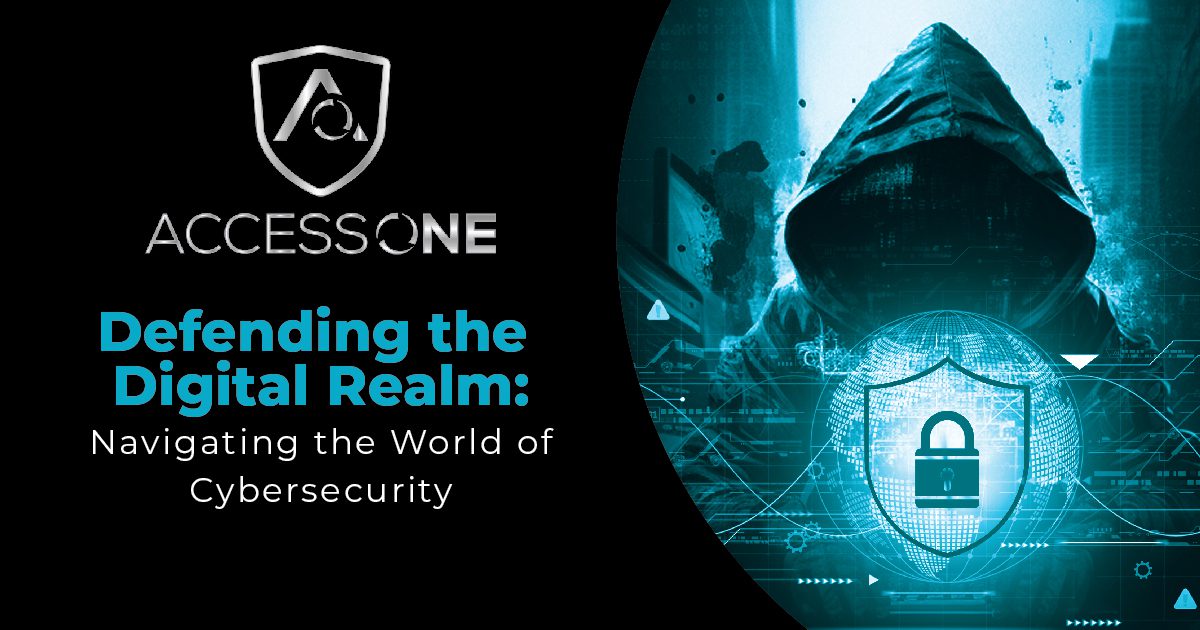Food for thought: a ransomware attack occurs every 14 seconds, according to the 2019 Official Annual Cybercrime Report. And NETSCOUT says it can take as little as five minutes for an IoT device to get hacked.
Those statistics are just the tip of the iceberg when it comes to the landscape of cyber threats in 2020. Today’s hackers are smarter and more innovative than ever before, and it’s no small feat to stay ahead of them. With cyber security incidents occurring every day, there has to be an equal focus on prevention and response. If you can’t put a stop to all cyber threats, you have to become resilient. Here’s how.
A Breach Is Imminent. Are You Prepared?
There are four key elements involved in preparation for a cyber attack:
1. Security Awareness Training
Human error is the main cause of 95% of cyber security breaches, according to a study by IBM. This means that if your employees aren’t trained, they are themselves vulnerable endpoints. Thorough security awareness training is the first key element of preparation for a cyber attack. For instance, employees need to know what phishing is, but they also need to train through simulations so they can truly identify a phishing scam when it lands in their inbox.
2. Written Security Policies
Your security policy needs to be in writing. This includes everything from employee training to the steps you need to have in place in response to any and all cyber threats. Roles and procedures should be clearly defined so that everyone in the organization understands their part when it comes to cyber security.
3. Disaster Recovery Plan
A disaster recovery plan covers the technical side of what happens if a breach occurs. In the event of a cyber attack, it’s important to have backup systems in place so you can minimize downtime and have instant failover. A clear, step-by-step plan for recovery is crucial so that you’re not relying on backup for longer than necessary.
4. Incident Response Plan
On the other hand, the incident response plan is not technical. This is the plan for how you maintain communication with the public and end users after a cyber attack to minimize chaos. It’s important to know who will communicate over what channels. You have to decide ahead of time how you’re going to talk about an incident and practice doing so.
Today’s cyber threats are more difficult to stay ahead of than ever before. It’s equally important to take steps toward preventing a cyber attack as it is to have a response plan in place if a cyber attack actually occurs.
When it comes to minimizing the potential damage caused by cyber threats, preparation is key. When you’re ready to explore your options for keeping your business secure, we’re here to help. We can assist with the initial assessment of your IT security requirements – all the way through the transition to the security solutions you need.















